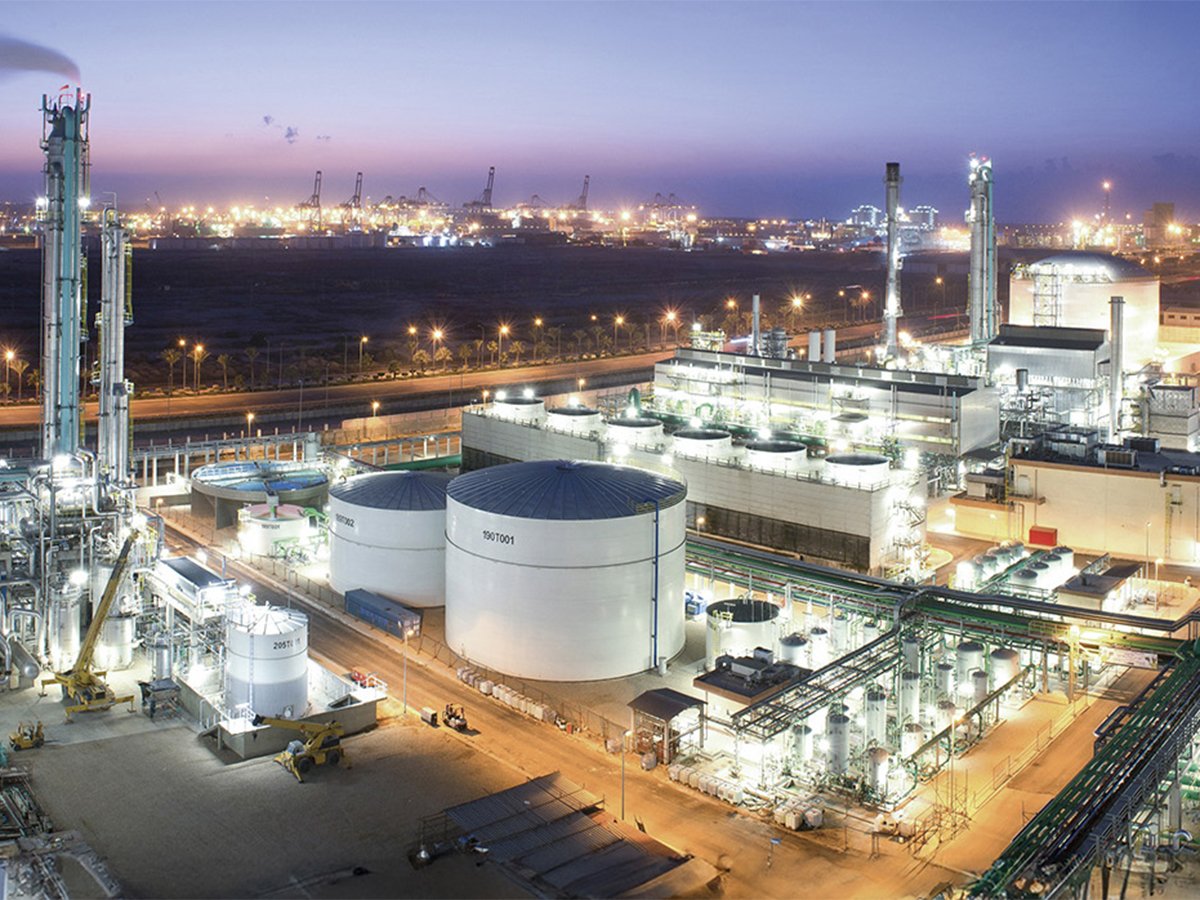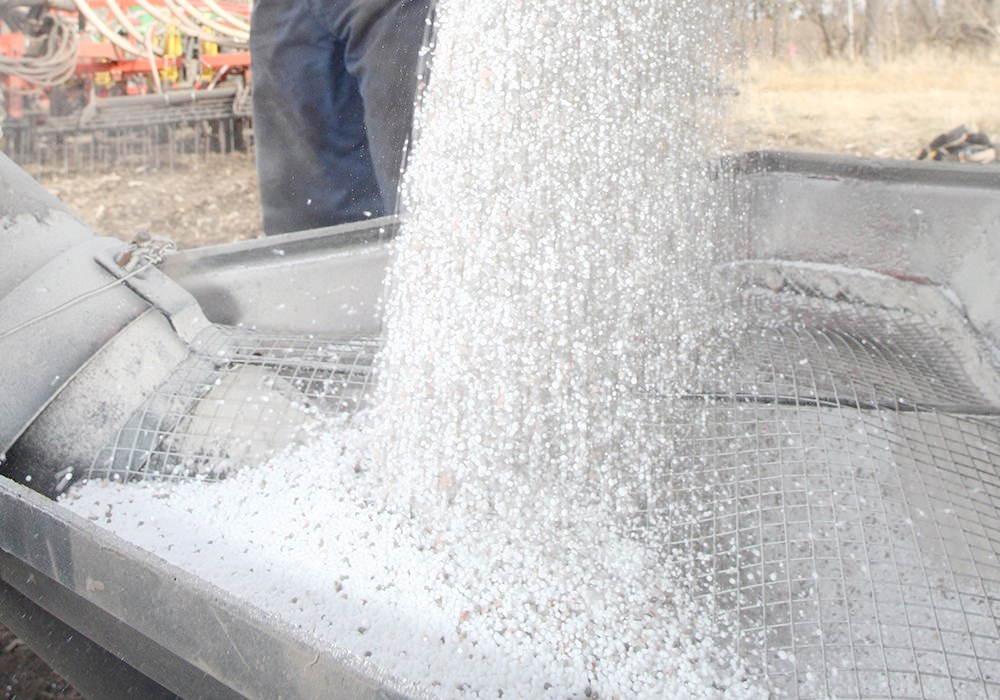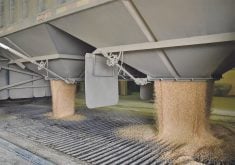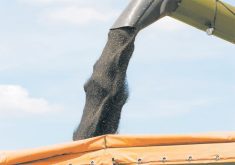It’s one of the worst years for fertilizer logistics that John Bickner has seen and that says something, considering he’s been in the trucking business for more than three decades.
Bickner Trucking operates out of Vanguard in southwestern Saskatchewan, running a fleet of 50 to 60 trucks servicing an area from North Dakota to the Peace River region of Alberta.
There isn’t just one reason your local input supplier doesn’t always have the fertilizer you want when you want it this spring. There are a multitude of factors. Bickner called it the perfect storm.
Read Also

Genesis Fertilizers seeks government funding
Genesis Fertilizers is actively seeking funding from government and a strategic partner. The company dispelled a rumour that DL E&C has abandoned the project.
After reaching sky-high levels last fall and early winter, fertilizer prices started dropping. Farmers were reluctant to buy as product became ever less expensive. As a result, more producers decided to wait and picked up a bigger percentage of their fertilizer as they needed it for seeding.
It was the same situation for retail outlets. Why buy product and bring it in only to sell it into a falling market at a loss? The system wasn’t ready for the spring rush. While there may be no actual shortage of fertilizer, getting it where it’s needed is a huge problem.
Bickner said like many industries, fertilizer facilities are short-staffed with many closing at 5 p.m. Trucks arriving after that time have to wait until the next day to load.
This year, huge seeding progress is happening at the same time across most of Western Canada. There aren’t enough trucks and there aren’t enough hours in a day.
The other reasons for the logistical nightmare have to do with trucks. Bickner reported a year and a half wait for a new truck, and when you finally get what you’ve ordered, the quality control seems to be lacking. Many new trucks have mechanical issues that should never happen.
Sure, a blown engine or transmission on a new truck will be under warranty, but it still takes shop time to get it fixed.
A big change this year is the mandatory use of e-logs by truckers. The rules haven’t changed on how many hours a driver can work, but with e-logs, flexibility and discretion are gone. The e-log starts when the truck starts. While it’s difficult to quantify the overall impact of e-logs, Bickner estimates it has cut capacity by 10 to 15 percent.
Bickner doesn’t report a shortage of drivers, but other observers say many smaller trucking firms have either shut down or downsized in recent years. Some people moved to trucking grain and fertilizer when the oil industry was slow. With an uptick in oil and gas, some have moved back.
The widespread drought of 2021 also took a toll. With a lot less grain available, many truckers looked for other commodities to move or they just quit the business. Many are nearing retirement age and there are not a lot of younger drivers coming on stream.
For an owner-operator with a truck or two, it’s a tough game. Repair bills can hurt your bottom line and it’s tough to raise rates to match increases in fuel costs. The cost for a truck and trailer just keeps escalating.
So, when you drop by your normal fertilizer supply outlet only to find they are temporarily out of phosphate, sulfur, urea or something else you want, it probably isn’t the fault of the person sitting at the blender controls. The entire logistical system is struggling.
Kevin Hursh is an agricultural journalist, consultant and farmer. He can be reached by e-mail at kevin@hursh.ca.
















